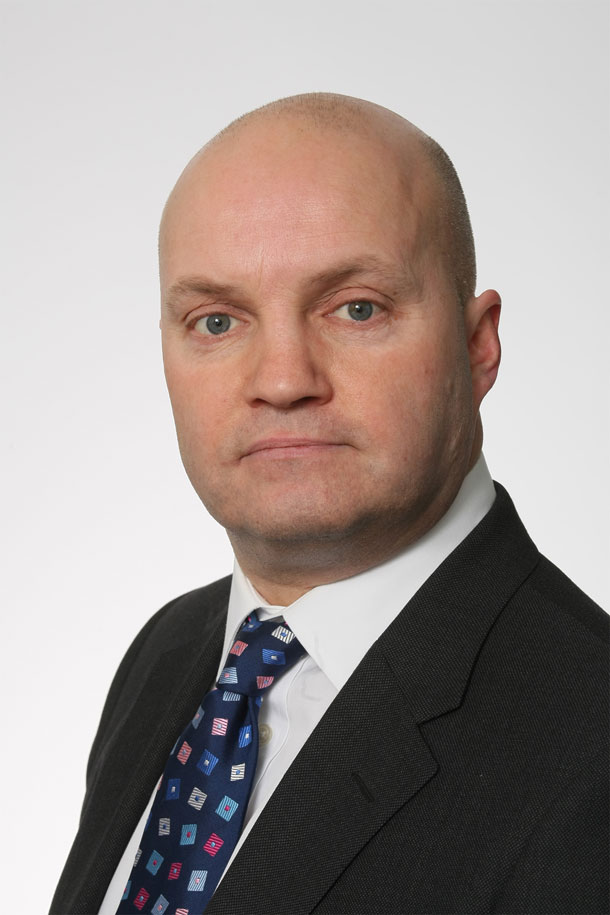 Independent property consultant GVA is advising landlords of secondary property to take a more “hands on” approach to secure the maximum value of their assets.
Independent property consultant GVA is advising landlords of secondary property to take a more “hands on” approach to secure the maximum value of their assets.
According to a new report published by the independent commercial property specialists the market for secondary property will remain flat for at least another 24 months, meaning that holding on to existing stock is no longer a sound investment strategy, as the value of assets continues to decline.
The report, entitled “Secondary Property – A Users Guide”, also highlights a widening gap between prime and secondary properties, falling loan to value ratios and a significant increase in lending margins over the last 12 months.
Since the crisis started, banks and equity providers have been reluctant to lend against anything other than prime assets to minimise risk.
Jonathan Hillcox, Senior Director, GVA Investment team, said: “It’s become clear that sitting and waiting can no longer work. Secondary property, by its very nature, requires a hands-on approach to avoid further value erosion. With an imminent recovery before 2015 now unlikely, there will be continued downward pressure on values, so the only effective option is to start working these assets. Also, legislative changes to the Energy Act which are due to take effect in 2018 will increase the downward pressure on secondary property values further.”
The report illustrates major opportunities that now exist for both purchasers and landlords, with a number of game changers that could present improved conditions for secondary investment. These include more realistic pricing, new empty rates legislation, increased finance availability, new planning legislation and improved occupational markets.
There are, however still a number of opportunities for those who are prepared to be bold, with GVA having acted on behalf of receivers in the recent sale of the 750,000 sq ft Wellesbourne industrial estate for £20.75 million – providing a yield of 10.2 per cent.
Damian Lloyd of GVA’s Birmingham Investment team, said: “Pricing of opportunities is becoming more realistic. Vendors and advisors are now waking up to the fact that not all secondary property should be valued at 10% Net Initial Yield.
“Where properties are subject to vacancy and purchasers are liable for vacant service charge and empty rates, valuations by way of traditional net initial yields can be very misleading. Far more pertinent are IRR, “Triple Net” Running yield and capital value analysis, and more often than not a combination of them all.
“Investors need to track mispriced stock and be brave enough to selectively invest over the next 24 months to successfully implement asset management plans that lead to excellent and well deserved returns.”
The report also provides advice to vendors on streamlining of their sales processes and warns against the possible stagnation or decline of secondary assets in distressed positions.


















